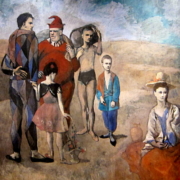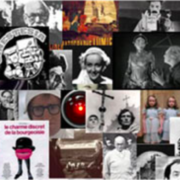Experiental group and dream
Abstract
The experiential group has a duration defined, a beginning and an end, known by the participants. A purpose, not therapeutic, but explicitly and programmatically “experiential”. A conductor having acquired expertise on the events – the “effects” – the unconscious, is able to perceive what is happening in the group and not only to provide “interpretations”, but also to support and facilitate the processes of communication and thought, suggesting images that promote the ability to self-representation of the group. The experiential group is then placed in an institutional framework that traces the boundaries in space and time and determines its goals: knowledge through the experience of how the mind moves in a group that has set itself the task of observing what that happens inside. Implicit in this approach, as the authors try to clarify later, the idea that the ‘”experience” is a social construct and the outcome of a process of working that involves elements of intersubjectivity and communication. Little by little, the dreams begin to appear in communications that take place during Read more


